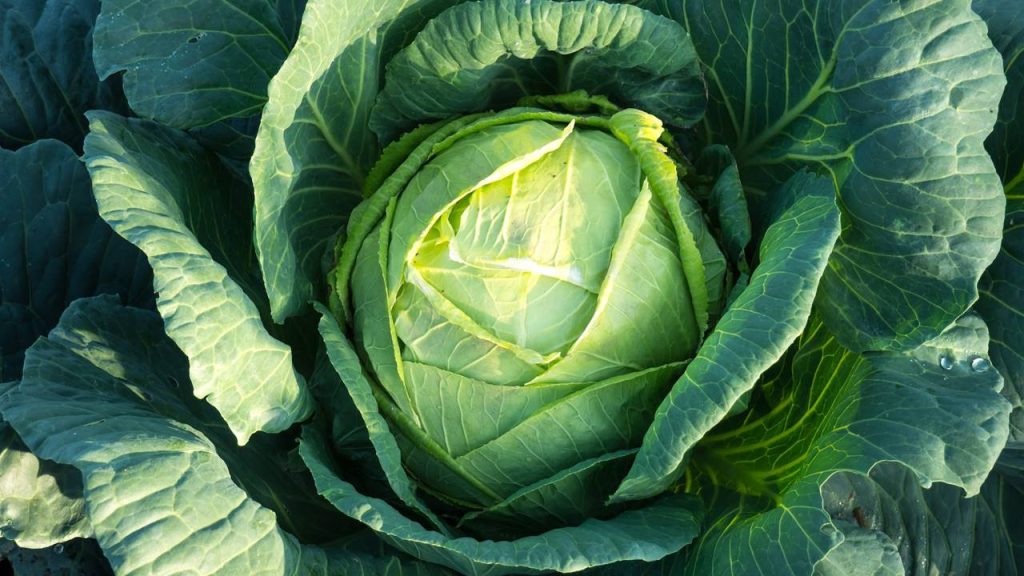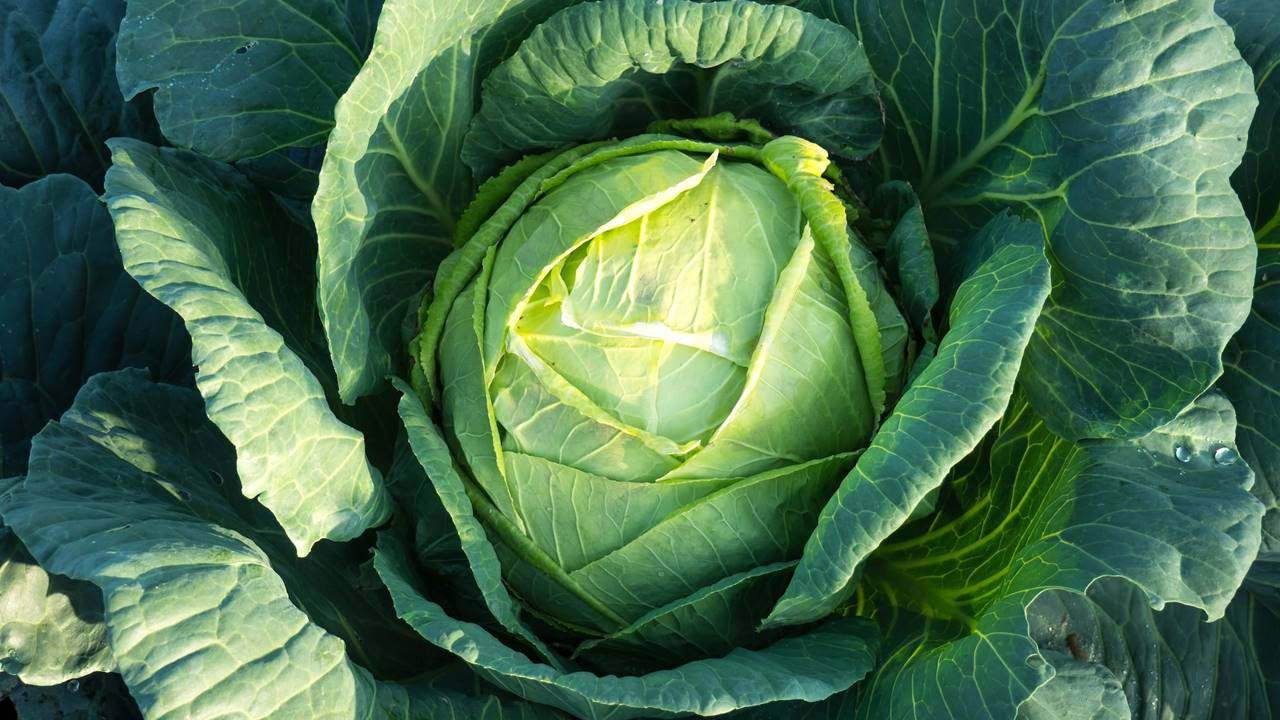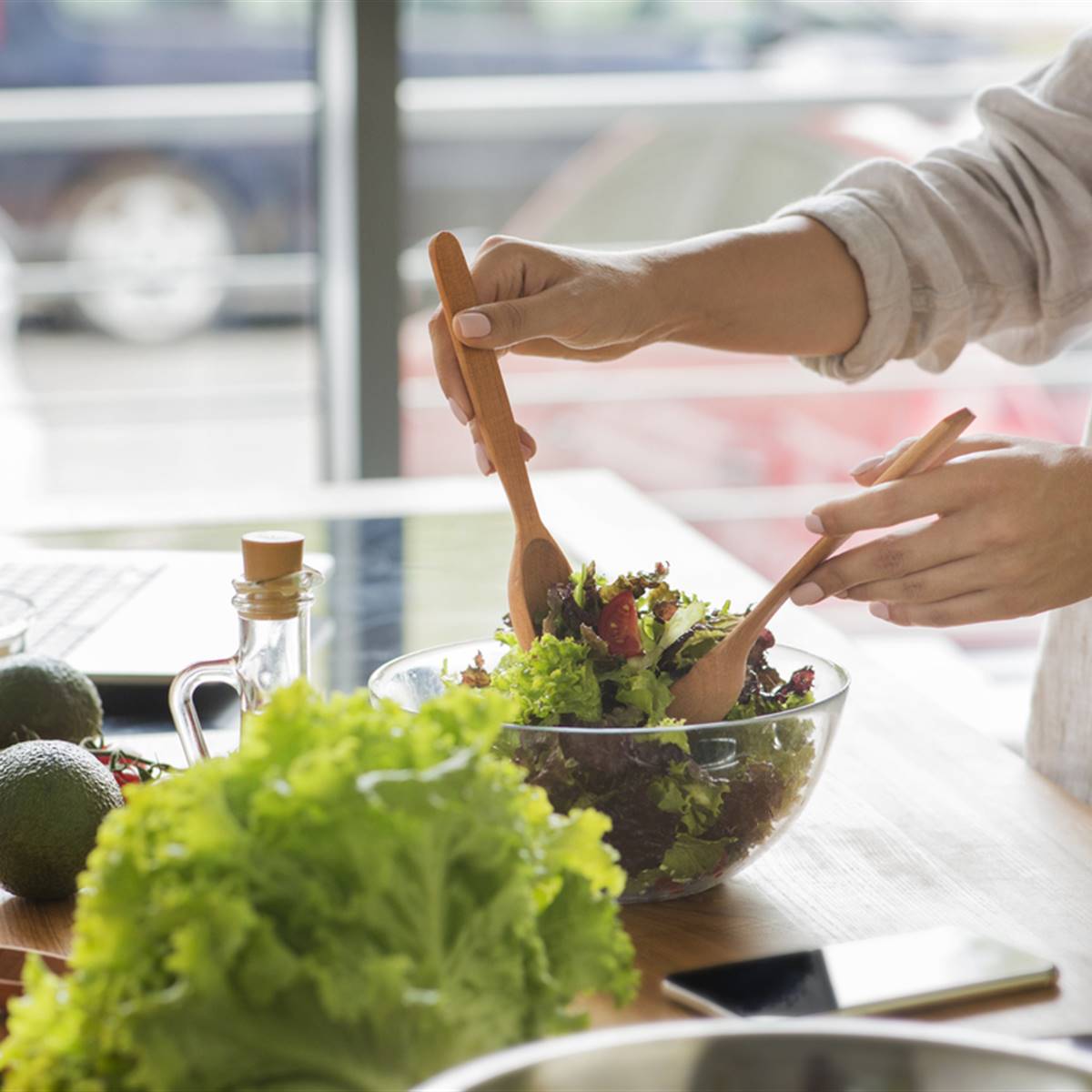You can prepare white cabbage or cabbage in many different ways and thus ensure variety on the plate. We will show you five different ways to prepare this vegetable.

Cabbage, a white cabbage packed with beneficial nutrients and antioxidants, can be prepared in many different ways. In Central Europe it is fermented and then cooked and served as an accompaniment to hearty dishes. Elsewhere raw preparations are preferred.
HOW TO CUT CABBAGE CORRECTLY
You can recognize fresh and high-quality cabbage by the fact that it is tight and closed, without dark spots. Fresh leaves should squeak when rubbed together. Once the cabbage has been chosen, we will have a large and difficult to handle ball in our hands. To use it in recipes it is necessary to cut it into small pieces.
- Remove the outer layer of cabbage leaves. As long as the cabbage is clean underneath, you do not need to wash it.
- Cut the cabbage into four parts.
- Remove the center by cutting it into wedge-shaped quarters.
- Depending on the recipe, cut the cabbage into thin strips or grate it with a grater or food processor.
The two basic types of preparation of cabbage are boiled and blanched and both are very similar. The special thing about blanching is that you cook the cabbage very little time, just enough to make it al dente. It can also be fried or consumed raw.
1. BOIL THE CABBAGE
Cabbage only needs to be cooked briefly, the smaller you cut the cabbage, the less time it will need to soften. If you have cut it into thin strips or slices, it is enough to cook it five minutes in slightly salted water.
2. WHITEN IT
Cabbage is blanched, that is, cooked briefly, and then continued with other preparations, for example, cabbage rolls.
To whiten it, place it in boiling salt water for two minutes. Then let it drain well.
Classic cabbage rolls are filled with minced meat. However, you can also prepare vegetarian or vegan cabbage rolls with textured soy filling or rice and vegetables, for example.
Make the rolls and then fry or simmer them, until lightly browned all over.
3. FRY CABBAGE
If you don’t want to cook only cabbage, you can also fry it in the pan for a fine toasted aroma.
To do this you just have to cut the cabbage into thin strips. Heat some oil in a pan and fry the cabbage strips. Make sure the pan doesn’t get too hot and stir the cabbage continuously so that it browns evenly on all sides.
Depending on your taste, you can sauté the cabbage along with onion, garlic and hot spices, such as chili, paprika and pepper.
There are people who do not digest cabbage well; In these cases, it is advisable to prepare it with digestive spices such as caraway, fennel seeds or anise.
4. PREPARE RAW CABBAGE IN SALAD
Cabbage contains vitamin C, but this is lost if we cook it, but it can be eaten raw and take advantage of all its nutrients. To consume it raw:
- Cut cabbage into thin strips or run it through a grater or processor
- Mix the strips with the other salad ingredients. It combines especially well with apples, carrots, peppers or celery.
- The strips become very tender if you sprinkle them with salt and knead them well in a large bowl. Then squeeze the cabbage well.
The well-known cabbage recipe is coleslaw, much appreciated by Americans. To make it you just have to mix the cabbage strips, with grated carrot, sweet onion, mustard, vinegar, black pepper and homemade mayonnaise. It is left in the fridge for two hours before consumption.
5. FERMENT CABBAGE (SAUERKRAUT)
Fermented cabbage is the sauerkraut or sauerkraut ubiquitous in Central European cuisine. Although it is easy to find sauerkraut in supermarkets in Spain, these are products that have been pasteurized after fermentation, so they lack the live bacteria that make true sauerkraut an exceptional probiotic. The good news is that it’s easy to prepare at home.
Ingredients:
- 1 kilo cabbage
- 10 g coarse salt
- Spices to taste
Elaboration:
- Wash the jars where you are going to ferment the cabbage in boiling water for a few minutes.
- Cut the cabbage as explained at the beginning of this article and then into strips as thin as possible. After that, put it in a large bowl and add the salt and optional spices to the cabbage.
- To remove the water from the cabbage, put it in a wide bowl, add the coarse salt and knead it for 5 to 6 minutes (before, disinfect your hands). Then let it sit for 6 hours.
- Using a wooden spoon press the cabbage firmly into the jars and fill them up to about 2 cm below the edge. Then completely cover the cabbage with the juice that has remained in the bowl. You can add some boiled and cooled water (without chlorine) if necessary. Wipe the rim and outside of the bottle with a cloth and cover or cover them with clean cotton rags, fastened with rubbers.
- Place the jars on a tray, wrap them with a towel and leave them in a cool (18-20ºC) and dry place. After a week you will notice that bubbles begin to rise, indicating that the fermentation process is underway. Let it ferment for a minimum of two weeks, preferably four (the flavor will be more intense). Then, you can move it to other containers without tightening it to store them in a cool and dark place.








